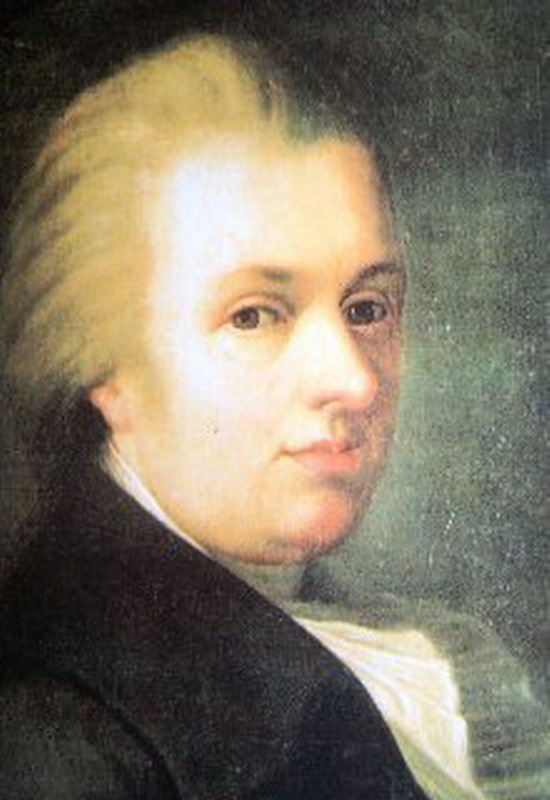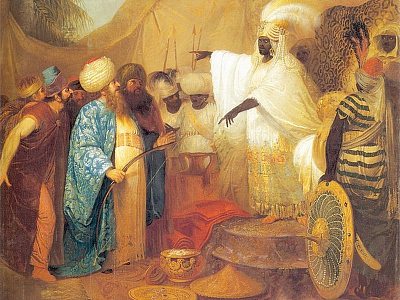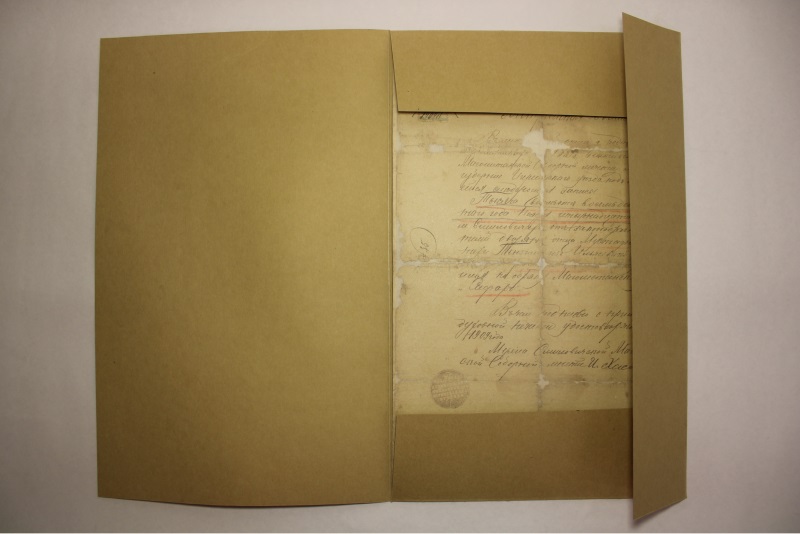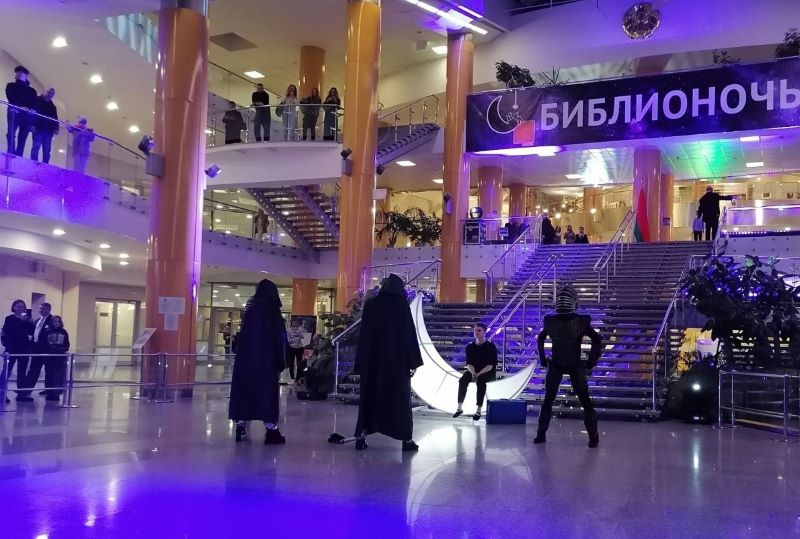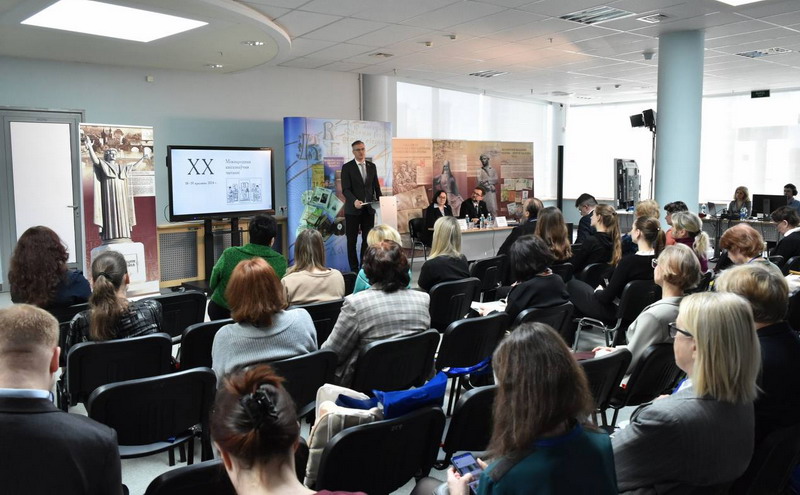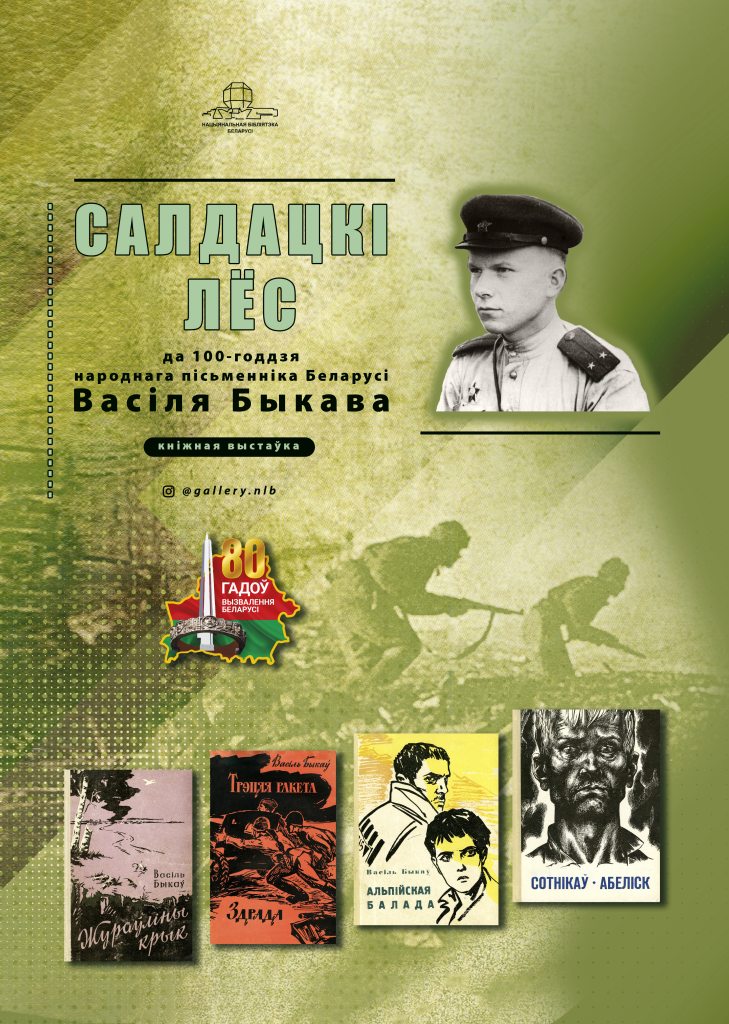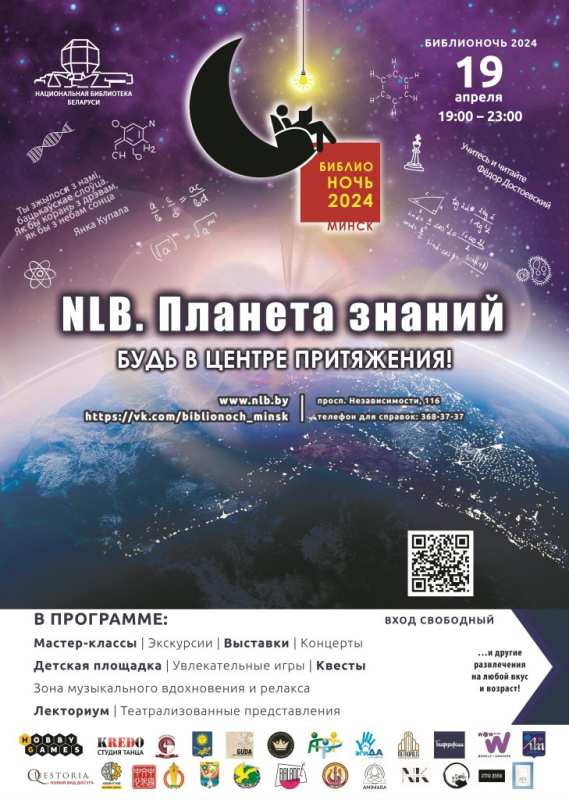Frantisek Smuglevich (1745–1807) is a prominent representative of classicism in the art of Poland, Lithuania and Belarus. His personality is one of the keys in the formation of the professional artistic environment in Belarus in the late 18th – early 19th centuries.
Frantisek Smuglevich was born on October 6, 1745, in Poland. The fate of the future famous artist was predetermined by his origin. His father served as court painter for King August III. The boy received his first painting lessons from his father and uncle, the famous artist Sh. Chakhovich. However, the young man's creative maturation took place in Italy, where he was sent by his father to obtain the knowledge necessary for an artist. At first, he studied as a scholar of Stanislav Augustus in Rome under A. Maron (1763–1764), and from 1766 he continued his studies at the Academy of St. Luke. Here František’s great abilities immediately manifested itself and already in the second year of his studies his successes were marked with a medal. His views were formed at the academy where Smuglevich became an adherent of classicist. After graduating from the Academy, he lived for some time in Rome, where he was engaged in painting of grottoes. Smuglevich returned to Warsaw from Italy as an already formed painter and lived in this city for 13 years (1784–1797). Here, the artist carried out numerous orders on historical themes for the royal family and the hetman rank persons, created a large number of paintings on biblical themes and themes of ancient mythology. Soon he achieved the highest professionalism and entered the circle of the country's artistic elite.
Smuglevich was invited to the University of Vilnius in 1797 as a Professor of Painting and Drawing and worked in this field until the end of his life. “A highly educated artist, a supporter of the classicism of the Enlightenment, who created many wonderful works of painting, he made very high demands on his listeners, proving the need for a comprehensive education for an artist. This attitude to painting, which was considered a craft before, was new and extremely important". This characteristic of Smuglevich as a teacher was published in a monograph devoted to the history of Vilnius University. The period when he Headed the Department of Drawing and Painting was called by the university chroniclers the “golden age” of the Vilna art school.
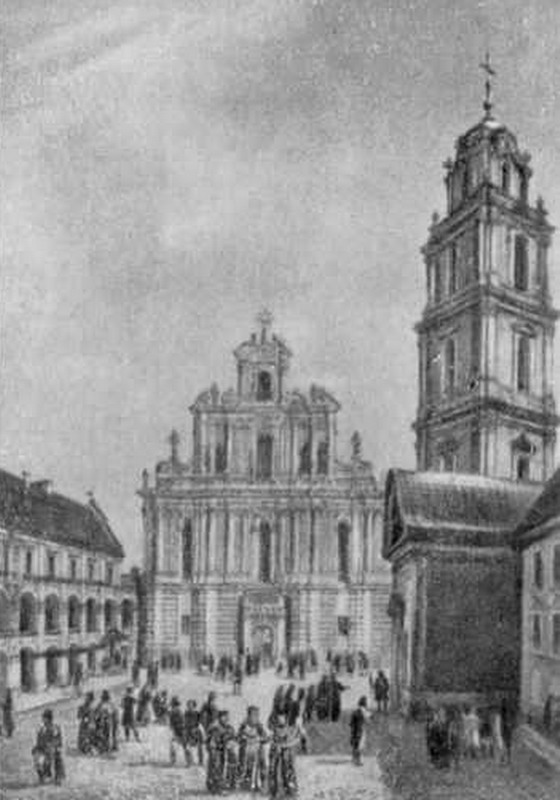
Smuglevich combined his pedagogical activity with creativity. He worked in the genres of history, battle, portrait, created allegorical and mythological compositions. Among them – "The Death of Mary" (1784), "St. John the Baptist", "Alexander's Victory over Darius", "Judith", "Battle of Brest in 1651" (1805), "Battle of Khatyn in 1673", "Entry of Boleslav the Brave to Kiev" and many others. He created a number of compositions on biblical subjects for churches in Belarus (in Rechitsa, Minsk, Grodno, Polotsk), Lithuania and Poland.
In the creative heritage of Smuglevich, there are paintings based on folklife ("Polish peasants at the table", "Lithuanian peasants", "Peasants in national clothes", "Scene from peasant life", etc.), as well as works with plots, associated with the struggle of the Polish people for their liberation ("The Apotheosis of the Kosciuszko uprising", "Kosciuszko calls on Poland to fight the enemy", "Kosciuszko's oath in the Krakow market").
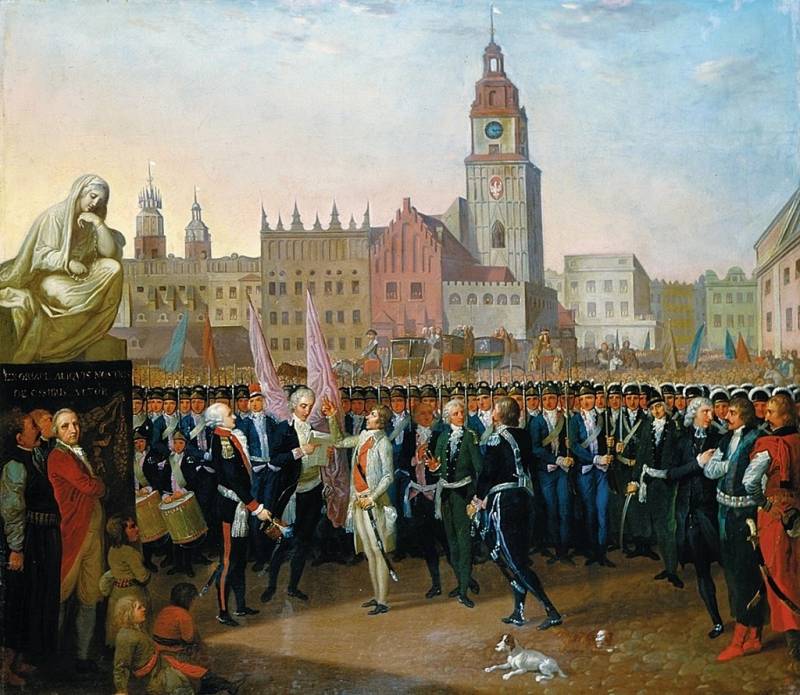
The artist painted a number of images of both individuals and entire families, for example, a self-portrait, portraits of J. Peshka, Bishop Gedroyc, R. Pshezdetsky, the Tyshkevich families, Prozars, etc. Among his legacy are many graphic works. They are executed in various original techniques (graphite pencil, charcoal, pen-ink-bistre, etc.), have the character of complete, independent paintings and amaze with monumentality unusual for graphics.
Frantisek Smuglevich left behind a galaxy of outstanding students, whose creative activity for a long time supported the high level of the Vilna art school. Among them were J. Rustem (1762–1835), Y. Peshka (1762–1831), Y. Aleshkevich (1777–1830), K. Borovsky (1785–1854), Y. Damel (1780–1840). Smuglevich's pedagogical and creative methods, based on the preservation of humanistic cultural traditions, formed in his students an attitude towards art as the highest form of intellectual work. And the painting abilities developed on this basis allowed the new generation of artists to enter the circle of the cultural elite of the creative intelligentsia of the Belarusian-Lithuanian region.
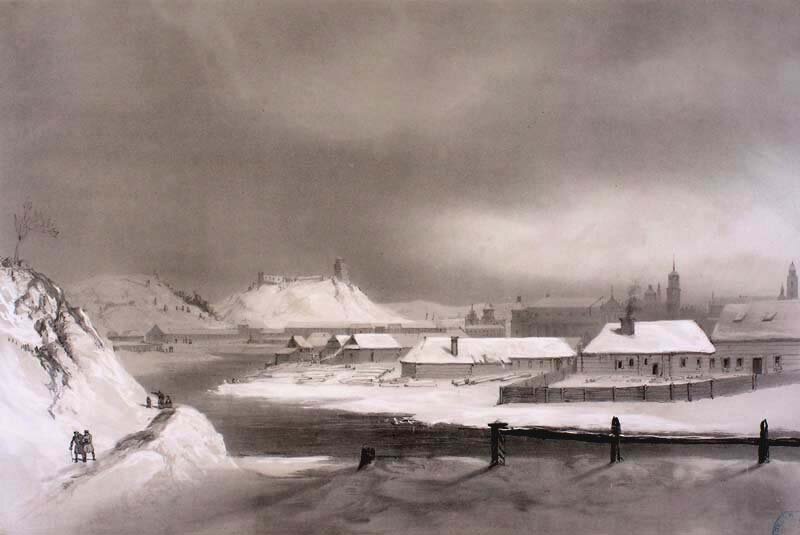
Biographical information about Smuglevich, supplemented with a list of literature about his life and work, is also presented in the database "Belarus in persons and events".
Bibliology Research Department

